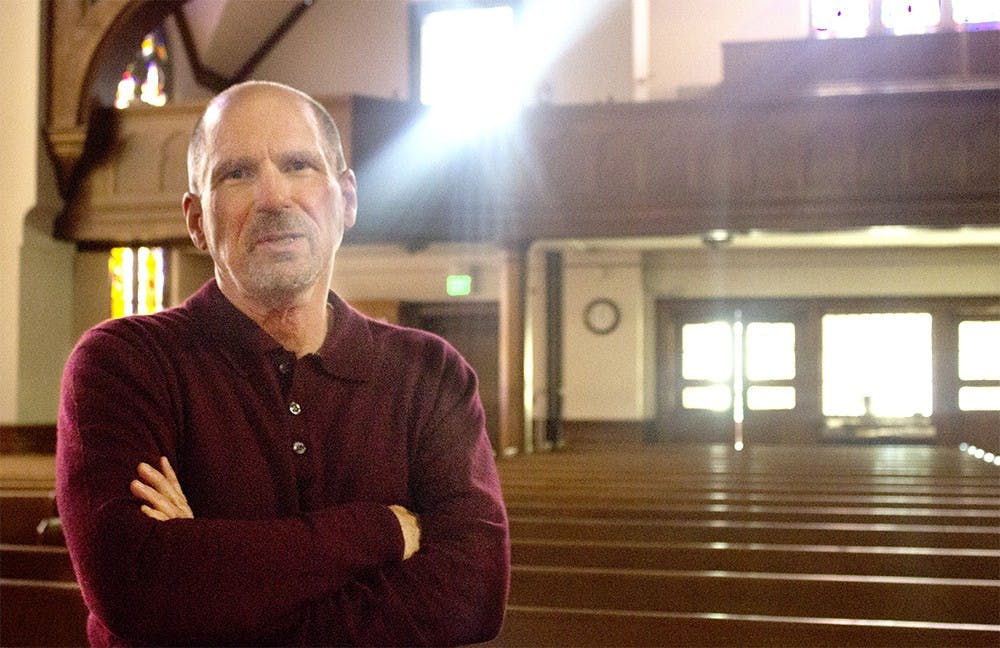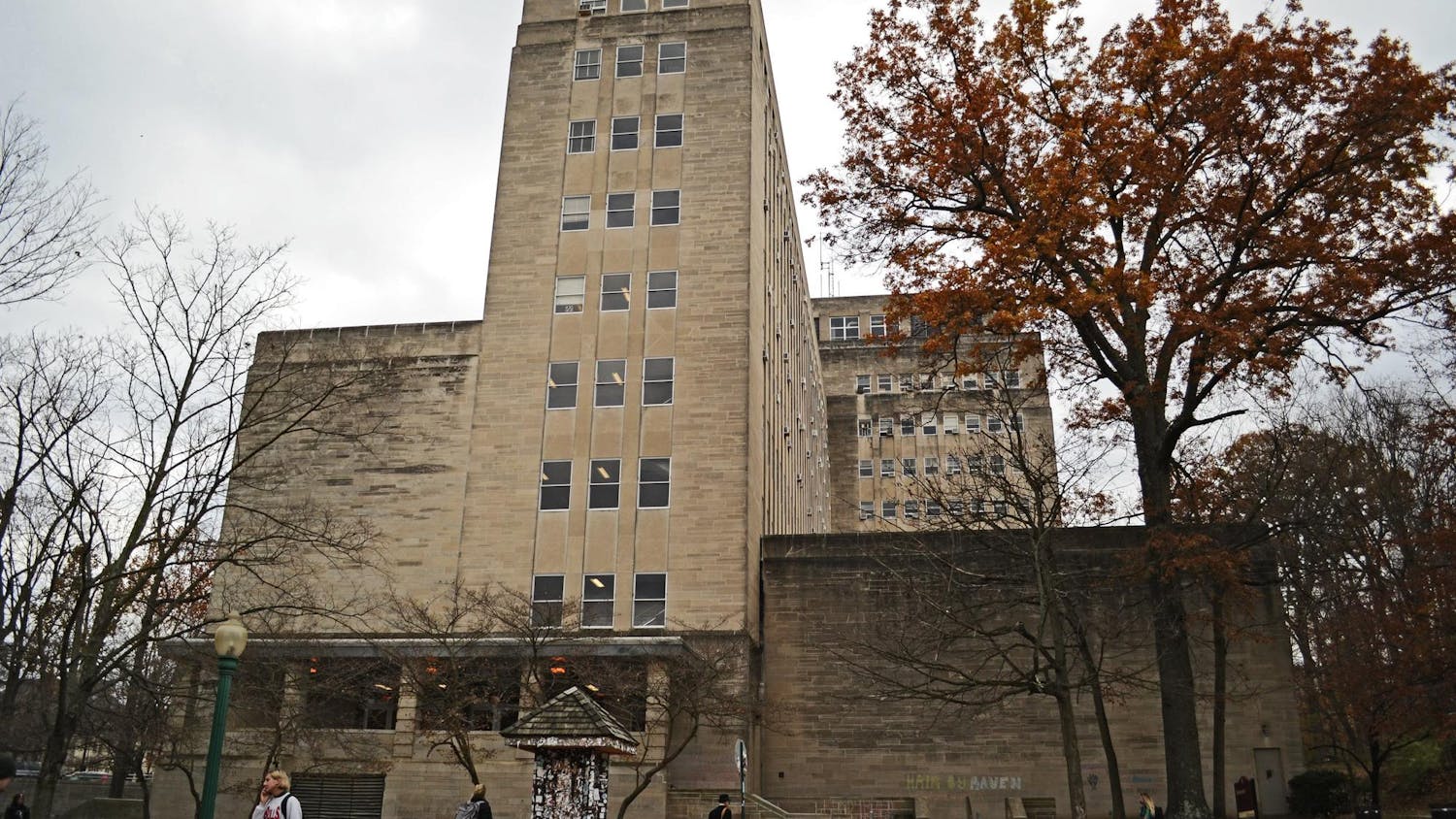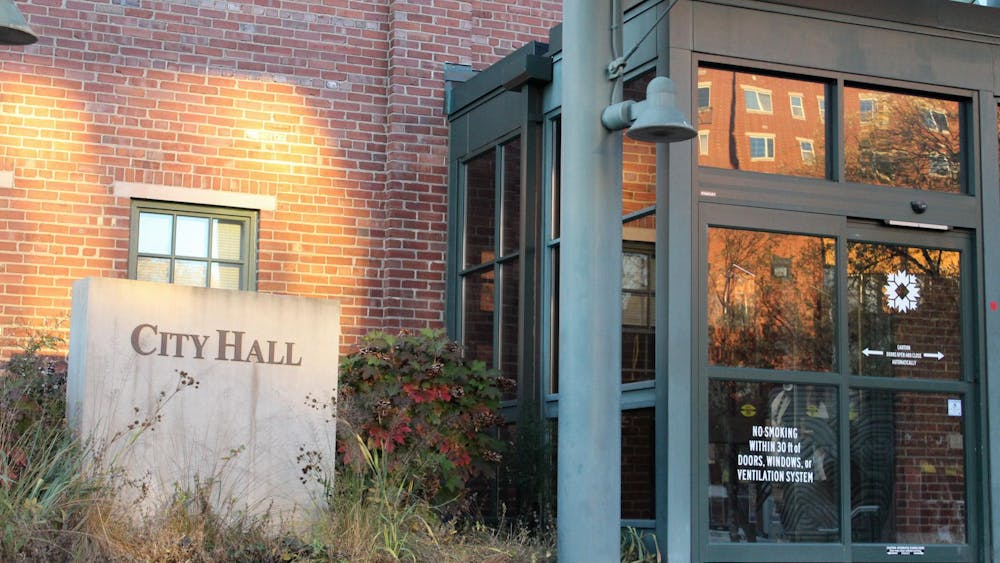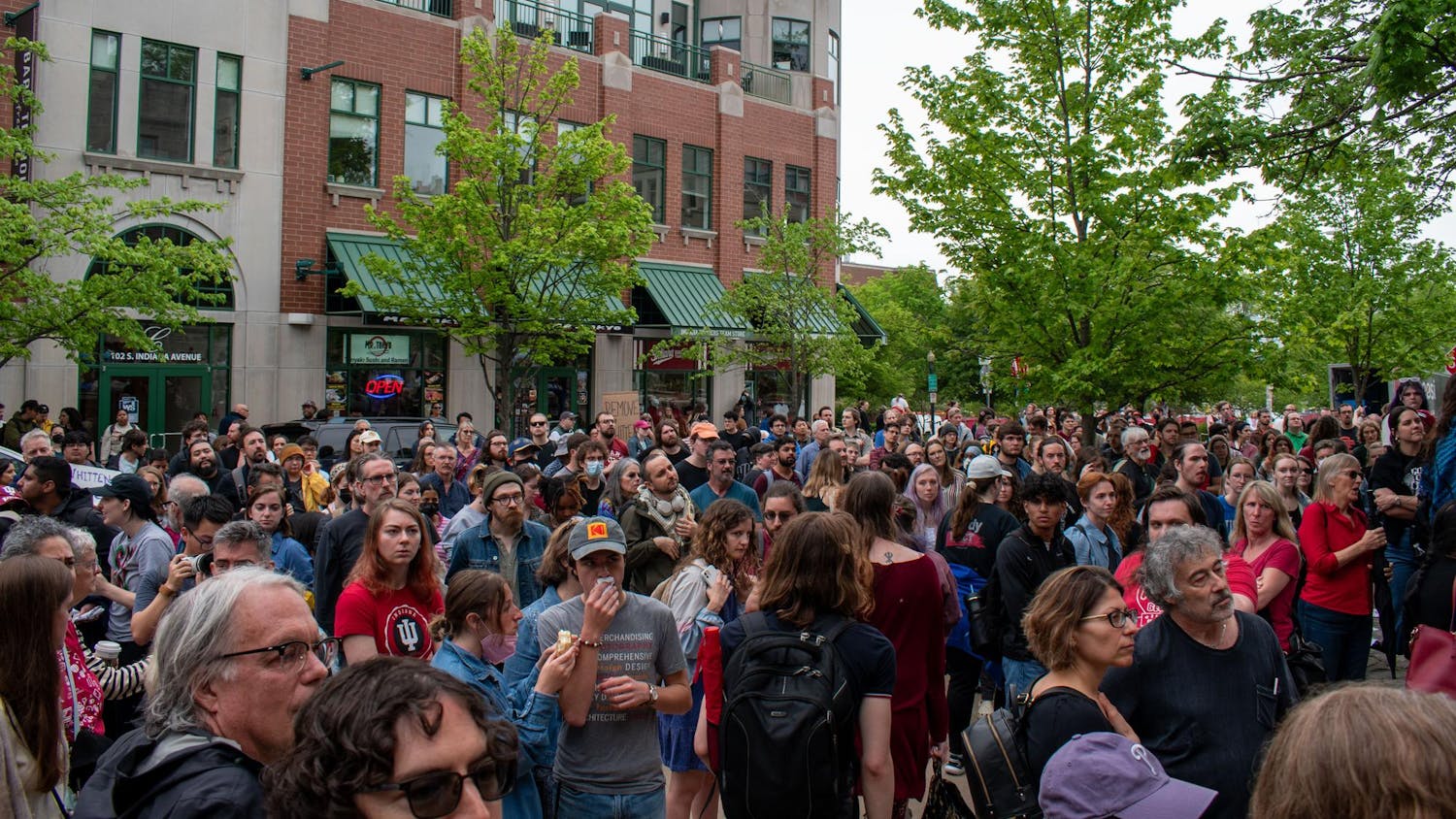Women in all professional settings are working to push past the metaphorical glass ceiling. But for some women, that ceiling is made of stained glass, a female pastor at First United Methodist Church said.
“There is a pay gap between women and men,” Associate Pastor Stacee Fischer Gehring said. “There is a power gap too, or at least the perceived power gap. That stained glass ceiling, we have not broken through that, but we get closer as every successive year continues.”
In a study of nine major religious institutions that allow women to be ordained and serve in top positions, only four have ever had a woman as their top representative. Two of those women are serving now, according to research from Pew Research Center.
The organizations include the American Baptist, Episcopal, Evangelical Lutheran, Union for Reform Judaism, United Synagogue of Conservative Judaism, Presbyterian, Unitarian Universalist Association, Unified Church of Christ and the United Methodist Church.
Both the Episcopal Church and the United Methodist Church have had female leaders in the past but now have all male leaders. Women occupy the top position in the Evangelical Lutheran and American Baptist Churches.
A church in Bloomington seems to be a direct example of this data. All Saints Orthodox Church allows women to serve on various positions within the church aside from pastoral positions.
They allow women to serve on the parish council, which is chaired by a woman, serve on the building community, teach Bible studies and catechism classes and serve on other committees, said Father Peter Gillquist, pastor of the All Saints Orthodox Church, in an email.
However, women are not allowed to be ordained in the Orthodox belief, according to the Orthodox Church in America website.
“Different denominations interpret the Scriptures in various ways,” Gillquist said in an email. “Some interpret particular verses to mean that women should be quiet and hold no position of leadership in the Church.”
The title of greatest saint in the Church belongs to Mary, Gillquist said in an email. Therefore, that right cannot go to a male, he said. Similarly, priesthood has always been for men, he said, so a female cannot obtain that position.
“There is a beautiful balance here that has existed historically,” Gillquist said in an email. “Individuals sometimes make poor decisions or abuse power — which is sad and tragic. However, Jesus held women in honor and so does His Church.”
However, Pew research found, some churches have allowed women to be at the top of church ranks.
Bloomington’s First United Methodist Church has a pastoral staff consisting of two women and one man, according to its website. The lead pastor is a man.
The First United Methodist Church began to include women in leadership positions very early, said Mark Fenstermacher, lead pastor of the church, though it did take a while for them to achieve full ministerial status, he said.
“They play every possible role we have had and do have now,” Fenstermacher said. “Women bring some wonderful things to ministry that guys, by and large, don’t, and guys bring something, and so I think that the church is stronger when both are involved in leading.”
There are nine men and 12 women on staff at the church, according to its website.
Gehring is one of those female leaders. She is serving her third year at First United Methodist. Her mother was a minister as well, so female ministry was not abnormal in her family, she said.
Gehring served at the British Methodist Church for two years but has also served at the First United Methodist Church.
Before serving at First United Methodist Church, Gehring served at a small church near Marion County. Gehring said while the transition to the newer church was relatively easy because of the history of women leaders, the previous one was more difficult.
“The congregation was given the choice of Caucasian female and an African-American male as their two pastors,” Gehring said. “The response was, ‘If we can’t have a white male, I guess we’ll have the white female.’”
Gehring said this is not the case at 100 percent of churches, but that it is remiss to think racial equality has been achieved.
“I love working and being at a church that recognizes the leadership ability of women as well as of men, that they both have the ability and God-given responsibility to lead,” Interim Jubilee Co-Leader Adam Stichter said.
Stichter and Gehring both said cultural influences on the text and the context of the time in which it was written is important to be aware of.
It would be weird to go to a church where equality was not recognized, Stichter said.
There is a focus on women’s leadership at First United Methodist Church, Gehring said. The denomination has been ordaining women for 60 years, she said.
Fenstermacher said it’s weird for him to see other churches that have women shut out of leadership roles. It’s archaic and out of scripture, he said.
“I’ve been so much a part of it for so long that women in clergy have been a part of my life for most of my life, much more prominent now than when I was a kid,” Fenstermacher said. “When I was 30 years old, there were very few women clergy, but now it’s so much a part of my life.”






